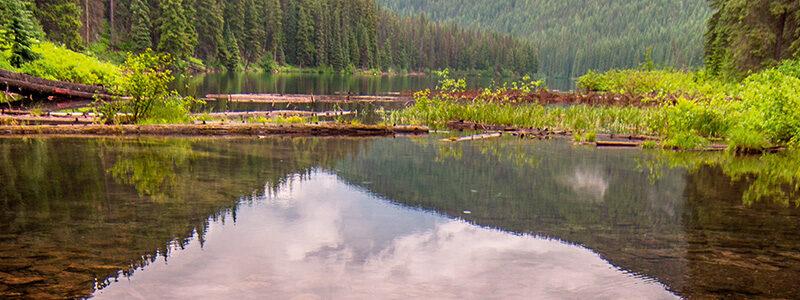Teollisuuden Vesi’s Maija Vidqvist hopes that water will become more appreciated.

‘In Finland, we get to drink the world’s cleanest water. In stark contrast to almost any other place in the world, we can take clean water for granted, which is why we don’t appreciate it enough. Perhaps water should be rebranded to give it the appreciation it deserves,’ says Maija Vidqvist, the managing director of Teollisuuden Vesi.
Established in 2003 by Vidqvist, Teollisuuden Vesi is an expert company specialising in water-treatment systems. The energy sector, the mining industry, the pulp and paper industry, process-industry actors, equipment manufacturers, and research institutions number among its clients.
Having gained her master’s degree in chemical engineering from Helsinki University of Technology in 1992, Vidqvist first worked for companies such as Fortum and Hyxo. The idea of setting up an expert company of her own took some time to mature.
– ‘Even though Finnish water is clean, it still needs to be treated before it can be used for industrial purposes. For instance, impurities that may lead to corrosion and deposits have to be removed. So expertise and the right equipment are required in the purification of raw water. Teollisuuden Vesi was set up to meet this need,’ Vidqvist explains.
A shortage of fresh water
Fresh water, essential for human well-being, accounts for only around three per cent of the world’s water resources. The majority of Earth’s fresh-water resources is stored in glaciers and as groundwater, with only around one per cent found in easily accessible form in lakes, rivers, and reservoirs.
The planet’s water resources are unevenly distributed, with the least fresh water found in Africa, Asia, and the Middle East. Finland, along with other Nordic countries, has the European Union’s most abundant renewable water resources per capita.
– ‘In Finland, we have plenty of water, while up to two billion people in the world suffer from a shortage of potable water,’ says Vidqvist, adding that more expertise is required in the public discussion of water treatment.
She says: ‘A critical mass of expertise is needed to move the discussion forward. At the moment, the number of experts in the field is too low.’
Vidqvist urges people to adopt a more open-minded attitude toward water issues.
– ‘Water is a valuable natural resource for Finland. There’s a risk that a global company will acquire our water plants, springs, or groundwater areas. Finland needs to have a clear strategy according to which we govern and utilise our water resources ourselves,’ she emphasises.
More appreciation and natural solutions
Why do we not then appreciate our water resources enough?
– ‘It might be a case of the grass always being greener on the other side of the fence. I wish that everyone working in this sector, or in a related field, would make a real effort to promote the appreciation of water. All too often, we take water for granted. When you drive in the Finnish countryside, you see lakes and rivers everywhere. We’re surrounded by water. Then you go to an airport abroad and wonder what that dry shampoo on sale there even is,’ says Vidqvist.
According to her, finding natural solutions for water treatment is becoming increasingly important. In the future, we will need to come up with greener alternatives.
– ‘Synthetic organic chemicals used for water treatment don’t degrade in nature and may lead to the presence of acrylic compounds in water, which are difficult – if not impossible – to remove. There is demand for biodegradable chemicals based on natural raw materials in water-treatment processes, since the goal is to decrease the amount of harmful compounds in our waterways,’ explains Vidqvist.

